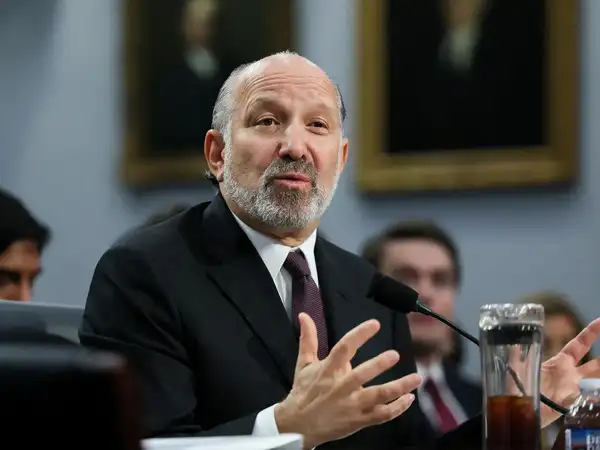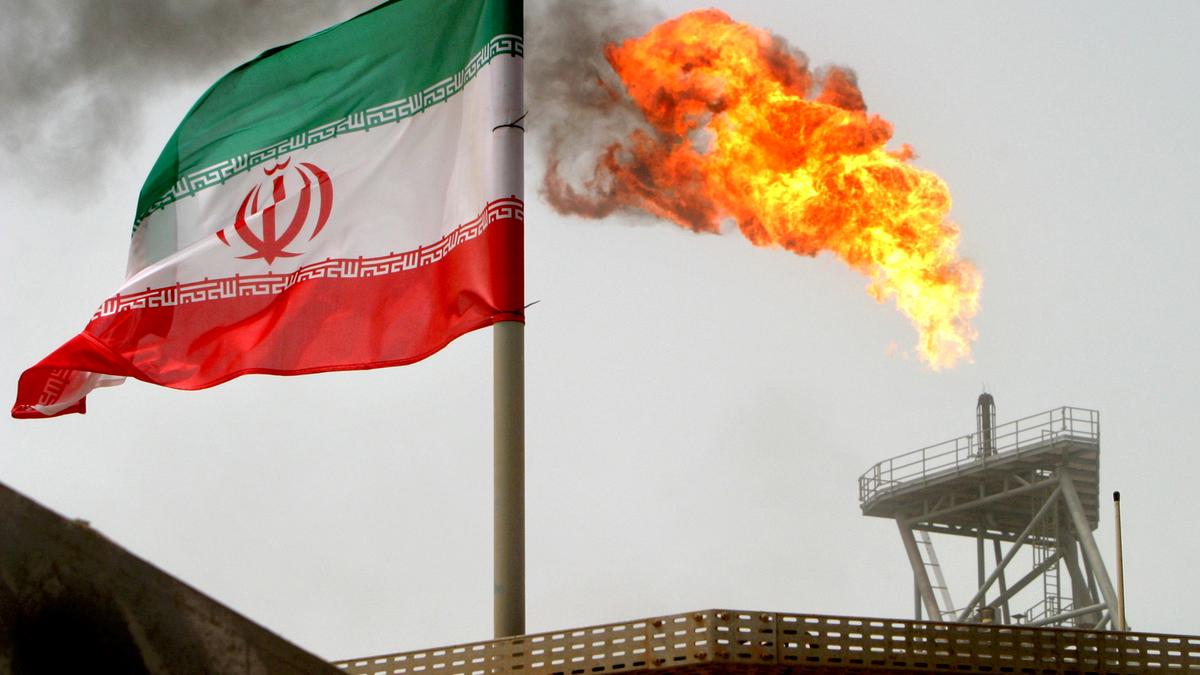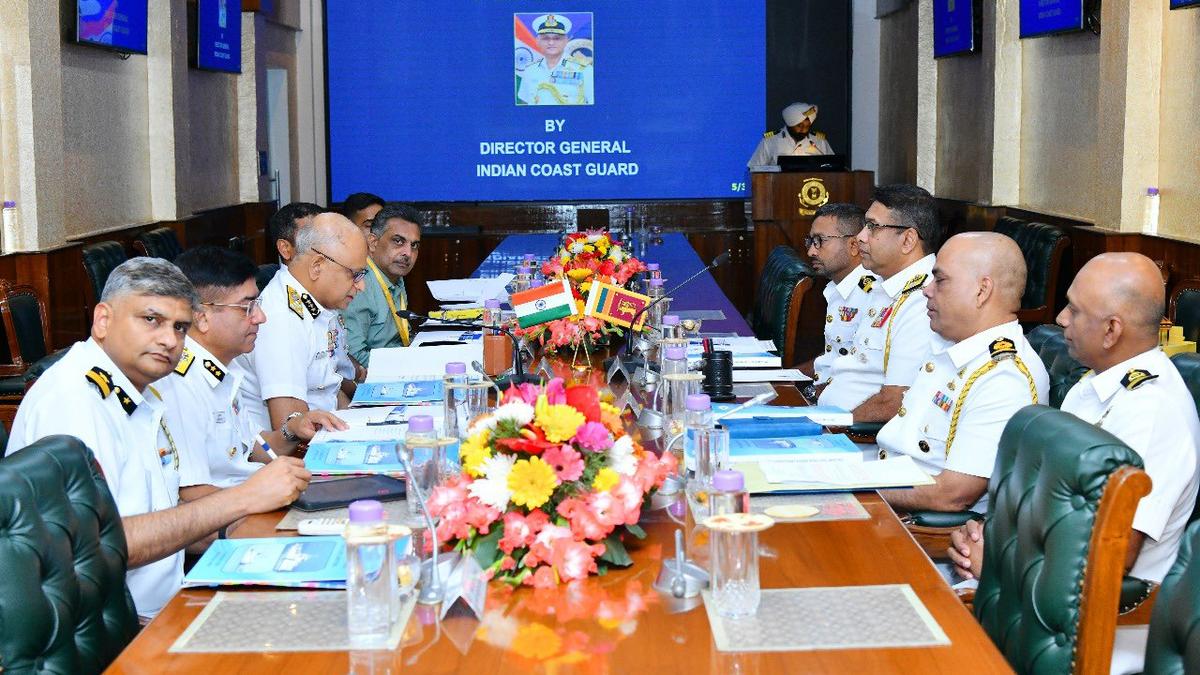





Disclaimer: Copyright infringement is not intended.
Context:
International Mathematical Olympiad (IMO)
|
About |
●It is the World Championship Mathematics Competition for High School students and is held annually in a different country. ●The first IMO was held in 1959 in Romania, with 7 countries participating. ●It has gradually expanded to over 100 countries from 5 continents. |
|
Venue |
●Bath, United Kingdom (UK) |
|
India’s Team |
●The six-member team, led by Professor Krishnan Sivasubramanian of the Department of Mathematics at IIT-Bombay. |
|
India’s medal tally |
●India won four gold medals, a silver medal and an honourable mention. Good Medalists: ●The team had Adhitya Mangudy Venkata Ganesh from Pune and Rushil Mathur from Mumbai, Ananda Bhaduri from Guwahati, Assam, and Kanav Talwar from Noida, Uttar Pradesh Other awards ●Arjun Gupta from Delhi won silver medal and Siddharth Choppara from Pune won honourable mention. |
|
Gold medallists |
●The Indian team’s rank is 4 out of 108 participating countries. ●Before this, the team recorded its best performance with rank 7 in 2001 and 1998. |
|
India’s nodal centre for selecting and training students for the International Olympiads, |
●The Homi Bhabha Centre for Science Education (HBCSE) – Tata Institute of Fundamental Research (TIFR) |
What are international Olympiads
|
Notes: ●The Eastern Bloc, also known as the Communist Bloc (Combloc), the Socialist Bloc, and the Soviet Bloc, was the unofficial coalition of communist states of Central and Eastern Europe, Asia, Africa, and Latin America that were aligned with the Soviet Union and existed during the Cold War (1947–1991). ●These states followed the ideology of Marxism–Leninism, in opposition to the capitalist Western Bloc. ●The Eastern Bloc was often called the "Second World", whereas the term "First World" referred to the Western Bloc and "Third World" referred to the non-aligned countries that were mainly in Africa, Asia, and Latin America but notably also included former pre-1948 Soviet ally Yugoslavia, which was located in Europe.
|
There are 12 commonly recognized International Science Olympiads:

Important articles for reference :
https://www.iasgyan.in/daily-current-affairs/olympic-games-and-olympic-torch
Sources:
|
PRACTICE QUESTION Q.Consider the following statements with reference to recently concluded International Mathematical Olympiad (IMO):
How many of the above statements are correct? (a) Only one (b) Only two (c) All three (d) None Answer: a |




© 2025 iasgyan. All right reserved